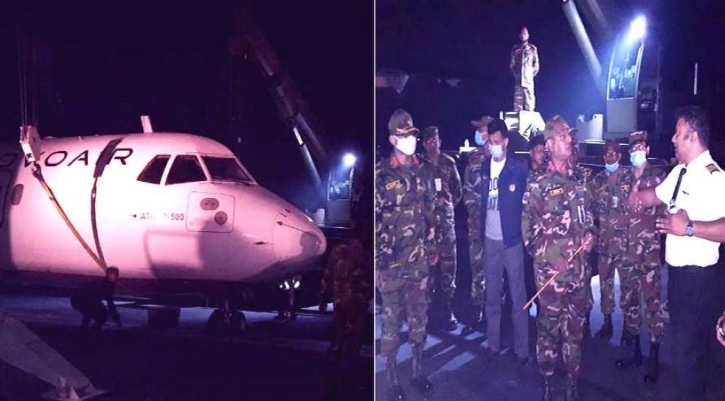
"Torque Test: The German Aerospace Center unveils a silent, emissions-free electric nose wheel drive system for the Airbus A320".


Rotor downwash limits helicopter hover-taxiing near parked light aircraft. Taxi speeds are typically 16 to 19 kn (30 to 35 km/h 18 to 22 mph). This ensures that they can be stopped quickly and do not risk wheel damage on larger aircraft if they accidentally turn off the paved surface. You are often required to taxi out of wind be aware that when taxiing downwind in strong wind conditions there may be insufficient rearward cyclic to ensure adequate control and that the tail will be nearer the ground. Anticipate stopping so that large rearward cyclic applications are not required as this may result in the tail skids striking the ground. Maintain a constant height above ground, constant forward speed and ensure that the skids remain parallel to the direction of movement. Move the aircraft forward over the ground at a brisk walking pace.

This sequence is initiated from a stabilized 5 ft hover. The Bell CH-135 Twin Huey is hover taxied in a manner typical for skid-equipped aircraft of that size: In general hover taxis are conducted at speeds up to 20 kn (37 km/h 23 mph), or below translational lift. Skid-equipped helicopters and other VTOL (Vertical Take-Off and Landing) aircraft conduct hover taxiing to move in ground effect in the same manner that wheel-equipped aircraft ground taxi. Hybrid electrically driven nose gear are under development to allow high use aircraft to shut down the engines during taxi operations. A typical A320 spends an average of 3.5 hours a day taxiing, using 600 liters (160 U.S. gal) of fuel. Most aircraft, however, are not designed to back up on their own and must be pushed back either by hand or by using an aircraft tug.Īt low power settings, combustion aircraft engines operate at lower efficiency than at cruise power settings.

Reverse thrust for backing up can be generated by thrust reversers such as on the Boeing C-17 Globemaster III, or reversible pitch propellers such as on the Lockheed C-130 Hercules, a procedure known as powerback. The thrust to propel the aircraft forward comes from its propellers or jet engines. Usage of the word for an airplane quickly disappeared again, but the verb "to taxi" stuck, and words like the " taxiway" were derived from it. Īlso by 1909, French aviation pioneers like Blériot, Farman and Voisin used the term "taxi" for a trainer aircraft, that was so constructed that a pupil would not accidentally get airborne. They suggest that the way aircraft move under power before they take off or after they land reminded someone of the way taxicabs slowly drove around the block when looking for passengers. Some aviators and some linguists report that around the year 1911 the slang word "taxi" was in use for an "airplane". As early as 1909 aviation journalists envisioned aeroplanes to replace the taxicab in traffic-congested cities.


 0 kommentar(er)
0 kommentar(er)
